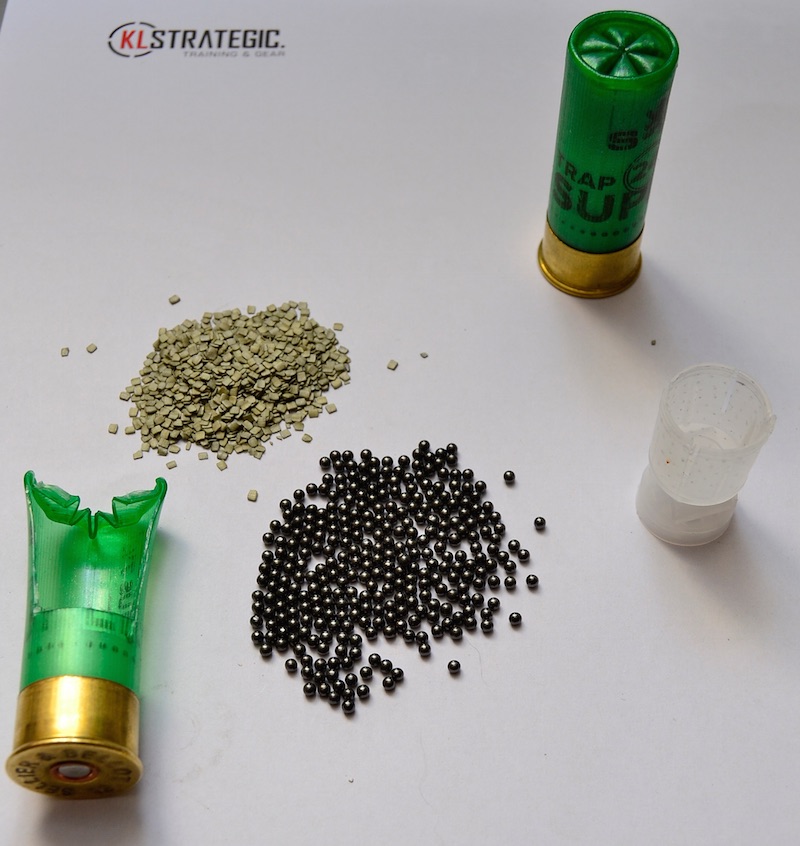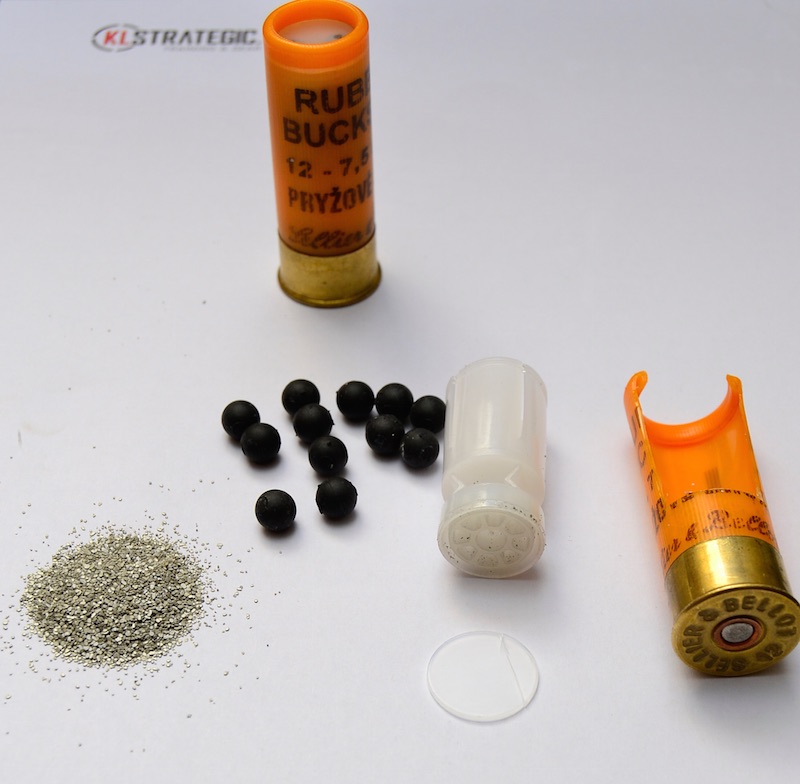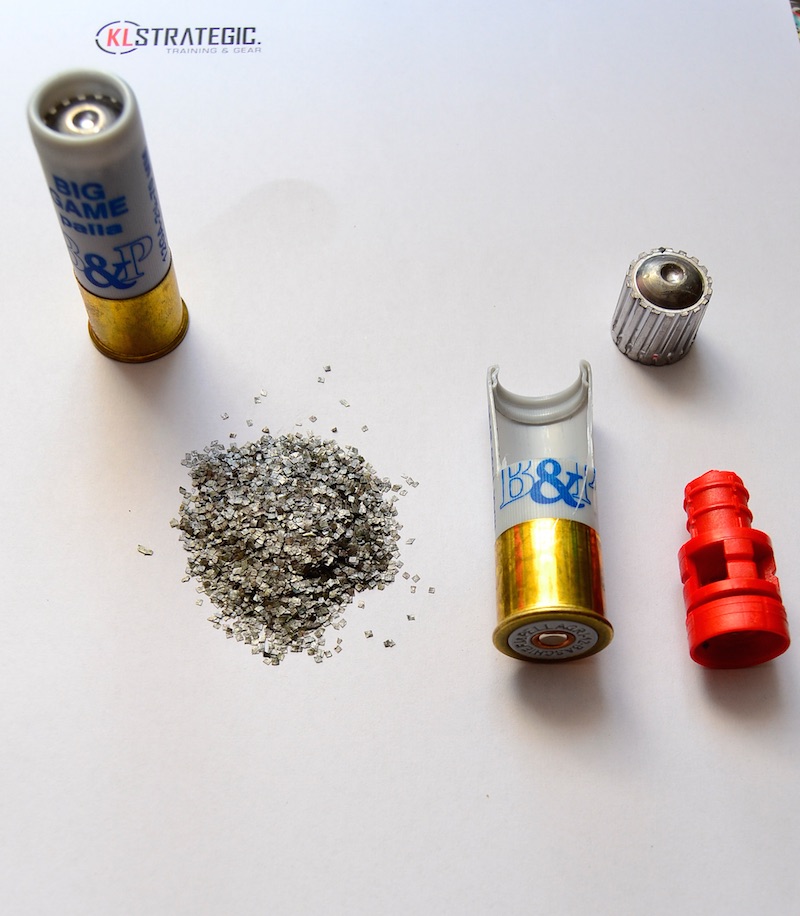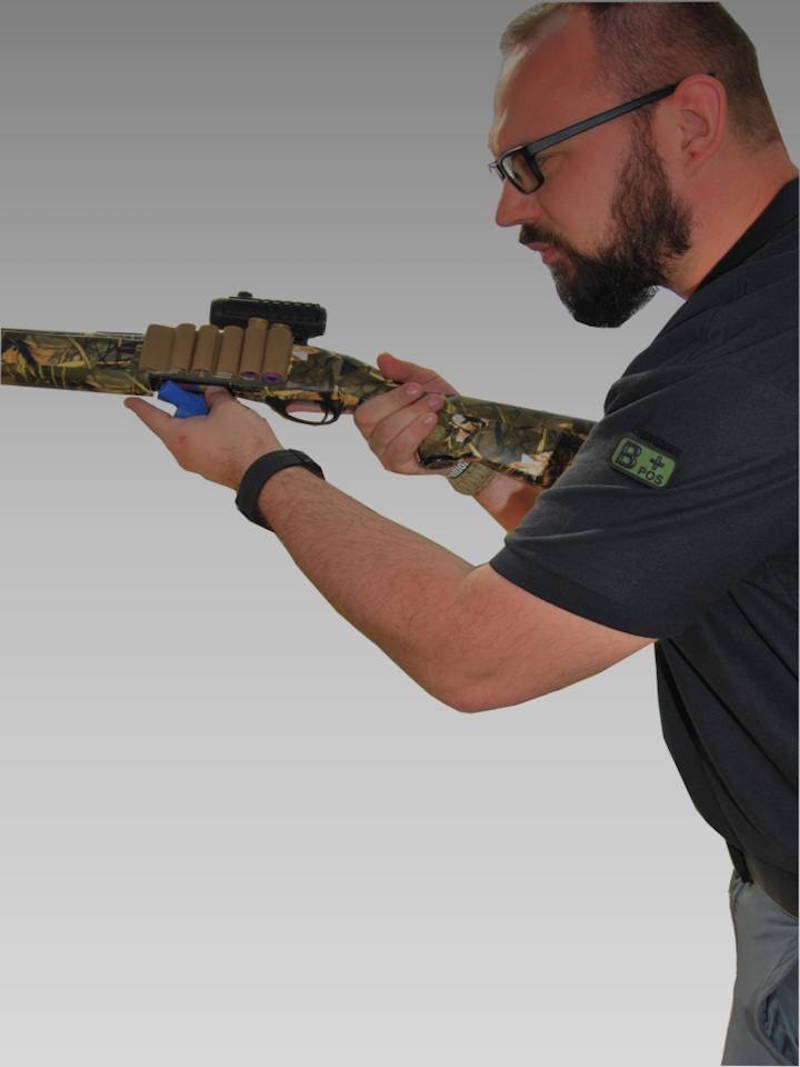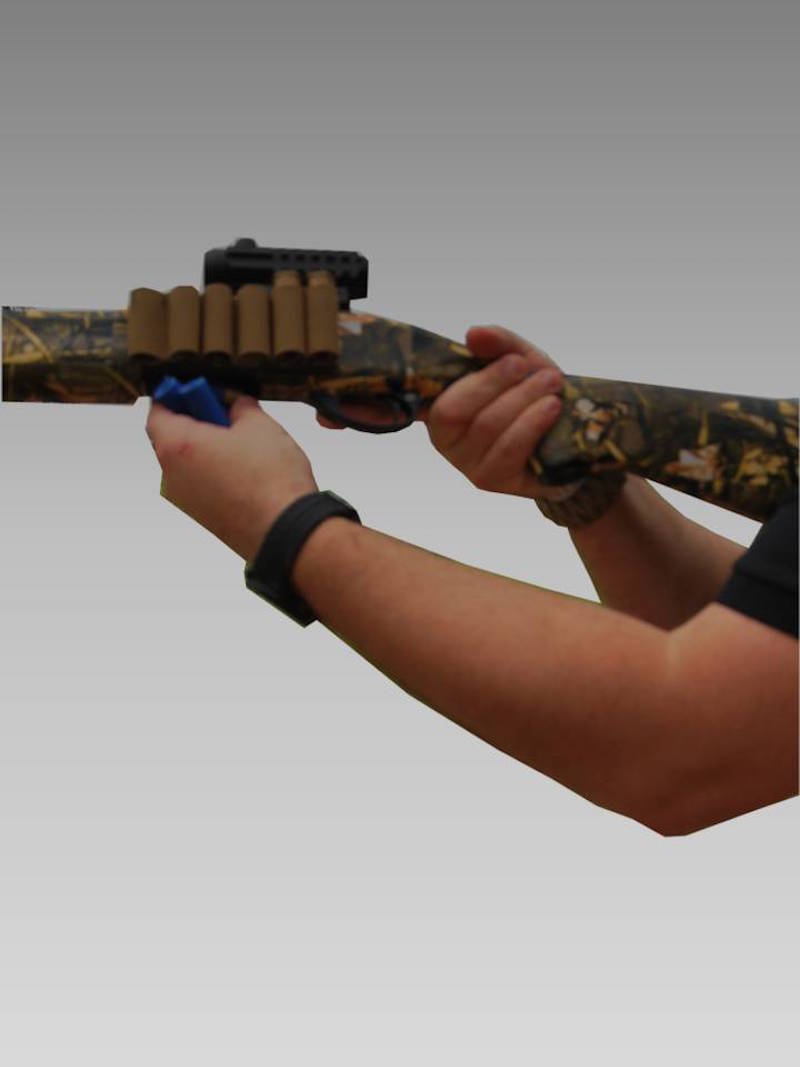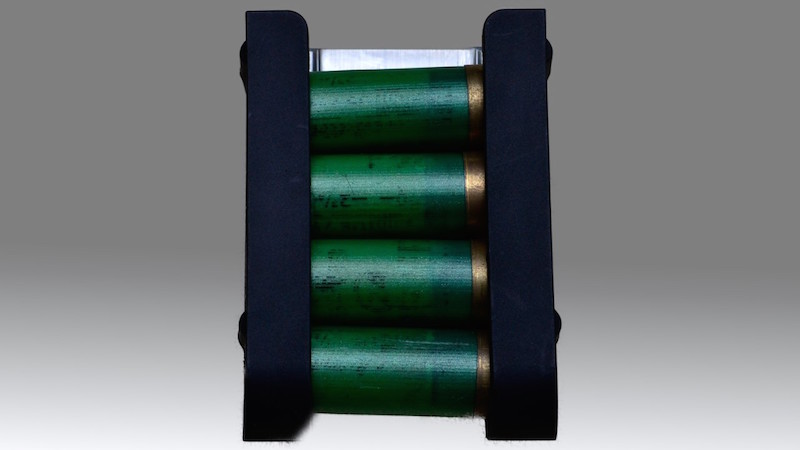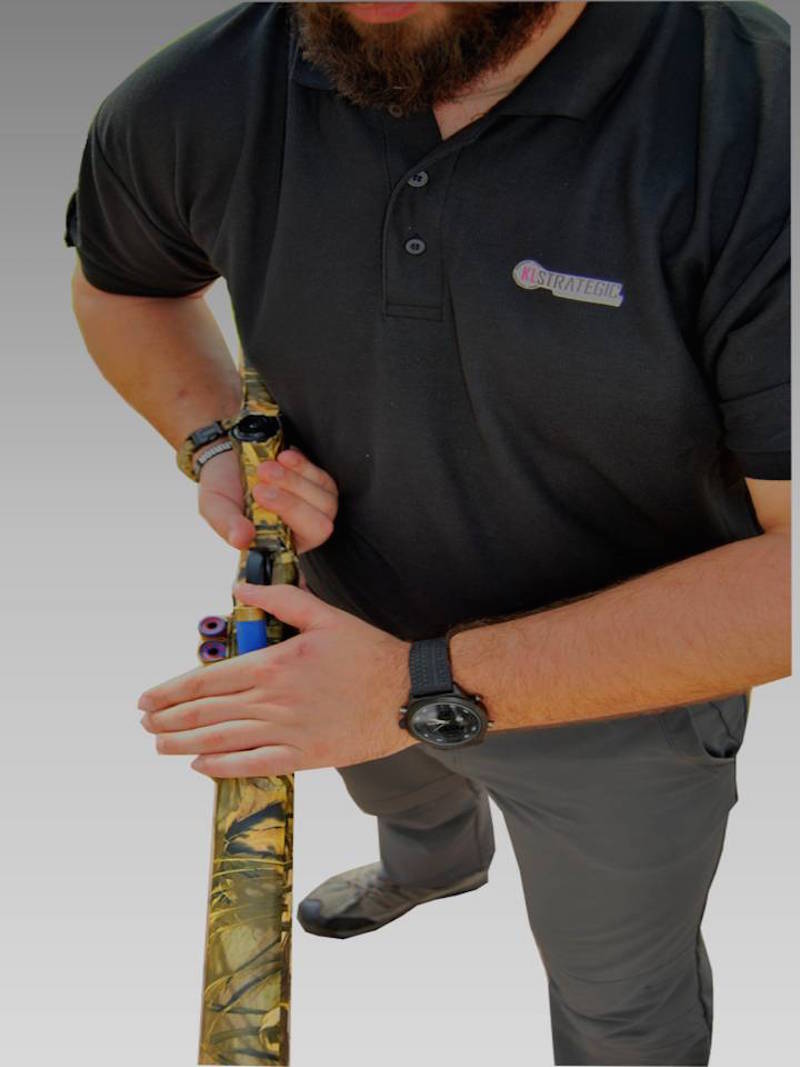Get the weekly SPARTANAT newsletter.
Your bonus: the free E-Book from SPARTANAT.
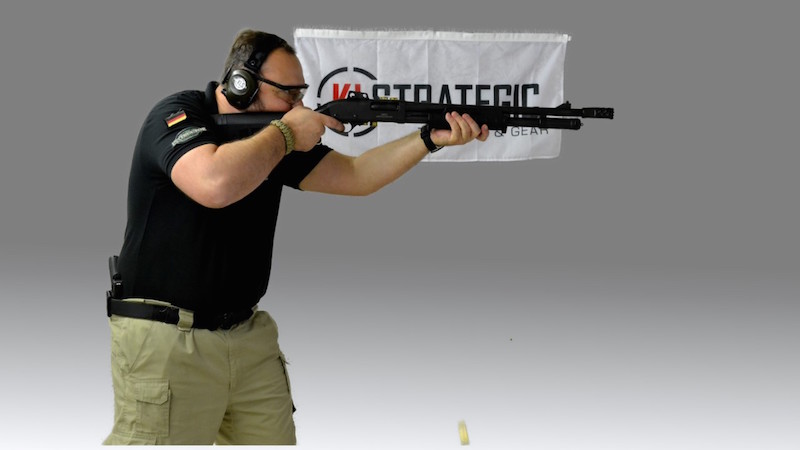
TRAINING WITH KL STRATEGIC (9): Secure loading activities for shotguns.
Shotguns offer a range of possibilities for skilled users, with different systems and types of ammunition available. Understanding the operation and limitations of shotguns is essential. This article explores the basics of shotguns, different types of ammunition, and loading procedures, focusing on models from Remington, Mossberg, and Benelli. Various methods of loading shotguns, such as feeding single cartridges and loading from the top, are discussed, emphasizing the importance of skill and safety while handling these weapons.
If you don't shoot them, you load them - this statement describes the essential features of shotguns very well. These often underestimated weapons offer a range of possibilities for skilled users. Reason enough to take a closer look at them. Welcome to the 9th part of the training series with KL-Strategic.
Upon closer examination, shotguns offer an unexpectedly wide range of possibilities. By combining different chokes, types of ammunition, and load strengths, there are a variety of options to tailor this type of weapon to personal needs and requirements. However, using them requires a precise understanding of the overall system being used, its specific operation, as well as the respective possibilities and limitations - in short, you have to get familiar with them.
Basics
Shotguns from different manufacturers use slightly different systems in terms of the intricacies of their operation.
Shotguns with break-action (double-barrel shotguns, over-and-under shotguns, etc.) will be somewhat excluded from the following discussion as the operation here is quite simple: break-open the weapon, insert cartridges, close - fire! Reloading, changing ammunition, etc. is also straightforward: open the weapon, remove the empty or unused cartridge and replace it with a currently usable cartridge, close - fire!
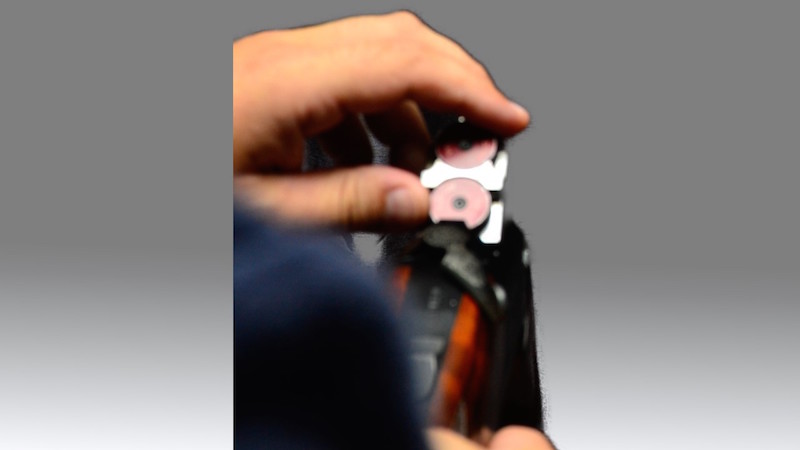 It's different with semi-automatic and pump-action shotguns. Here, there are some subtle differences that need to be considered under stress in order to effectively operate these weapons.
It's different with semi-automatic and pump-action shotguns. Here, there are some subtle differences that need to be considered under stress in order to effectively operate these weapons.
Essentially, the market offers three types of ammunition for shotguns:
- Shot pellets (small shot, trap/skeet shot, ...)
- Large shot (buckshot, ...)
- Shotgun slugs (slug, "Brenneke", ...)
There are also various gimmicks available, but they will not be considered further here.
It should be noted that certain combinations of ammunition types and e.g. choke (e.g. slug + full choke) or even weapons and load strengths (e.g. 12/70 weapon without reinforced firing + magnum cartridges) are not recommended, as this can lead to damage and/or resulting injuries. I will also not delve further into the nomenclature of shotgun calibers and their use here, as this is not the main focus of the topic.
More interesting and practical is to address certain features regarding the ammunition feeding of different shotgun manufacturers. Here, I will exemplify the manufacturers Remington (model 870), Mossberg (model 500, "old version"), and as a representative of semi-automatic rifles, Benelli (model M3).
Why these? These three models represent the most widely used feed systems (whether manual or self-acting) and can therefore also be found in various other models and manufacturers. Models with a feed system through a detachable box/drum magazine will be somewhat excluded from the following discussion, as the loading procedures here are similar to those of a pistol or semi-automatic rifle.
Ammunition Feeding
Ammunition feeding in the considered shotguns is done through a tubular magazine located under the smoothbore barrel. Thus, whether manual or self-acting, a cartridge from the magazine must be lifted upwards to the barrel via a lifting mechanism in the system when loading. This is done by a motion-controlled locking and unlocking mechanism that ensures only one cartridge from the magazine is fed to the loading spoon (feeder), also motion-controlled, to be lifted and inserted into the cartridge chamber at the end of the barrel by the advancing bolt.
There are already some subtle differences between the models in this process. While in pump-action shotguns this process is purely motion-controlled, some self-loading shotguns like the Benelli M3 have an additional impulse block. This block "recognizes" whether a pumping action is triggered manually (manual opening of the bolt) or by a shot impulse and accordingly unlocks the tubular magazine or prevents the feeding of a cartridge from the magazine. This simplifies many things in terms of quick ammunition changes or unloading. In other semi-automatic models, this function may vary through an unlock button, the actuation of the bolt lock, etc.
Pump-action shotguns usually do not have such an impulse block, as the pumping action must be manually performed. However, there are also differences here that affect certain processes (see below). The examined models from Remington and Mossberg are exemplary in this regard. I will delve into the specific differences in the respective sections.
Loading / Magazine Filling
Loading shotguns is done by filling the tubular magazines. Of course, shotguns can also be loaded directly into the cartridge chamber, but I will go into more detail on this in a later section.
There are different ways to carry out this task. Besides the option to individually feed each cartridge from the box/cartridge holder, the following methods are also available:
Feeding single cartridges from the hand requires some skill, but it allows controlled feeding of multiple cartridges in a short time under controlled conditions. This is usually done from a so-called Shell Caddy, which is worn on the belt.
With this method, one must pay attention to the orientation of the cartridges in the holder and in the hand, as well as master the correct grip technique. A bit of dexterity is also a necessary requirement, as multiple objects in the hand need to be controlled, and the feeding is done through thumb movement.
Another method is loading single cartridges from the top into the feeding opening. Although this method is somewhat time-consuming, it provides additional safety against losing cartridges, as multiple cartridges do not need to be controlled simultaneously.
With this method, the traditional operational area (see Part 6) is not utilized, instead, the weapon is held clamped under the shooting arm. This places you at the maximum lower segment of the defined operating area and it is important to avoid losing sight of the surroundings during a shooting sequence.
SPARTANAT is the online magazine for Military News, Tactical Life, Gear & Reviews. 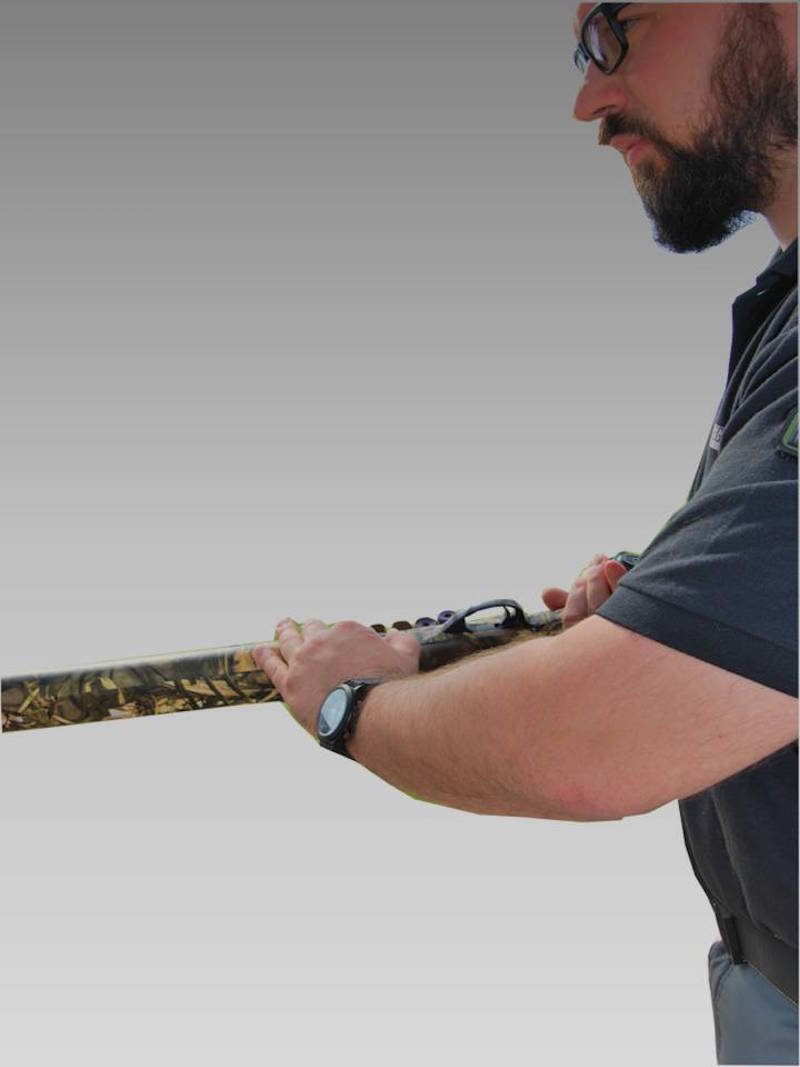
Send us your news: [email protected]
Ad
similar
Get the weekly SPARTANAT newsletter.
Your bonus: the free E-Book from SPARTANAT.


